The Ultimate Buckwheat Hull Industrial Drying Machine Guide to 2024
Introduction to Buckwheat Hull Industrial Drying Machine
Buckwheat hull industrial drying machines represent a critical component within the agricultural and food processing sectors. These machines play a pivotal role in the efficient and effective removal of moisture from buckwheat hulls, thereby enhancing their quality and shelf life. The utilization of advanced drying technology ensures optimal preservation of nutritional content while meeting stringent industry standards.
In recent years, the demand for buckwheat and its derivatives has surged, driven by increasing consumer awareness of its health benefits and versatile culinary applications. Consequently, the need for robust and reliable drying solutions has become more pronounced, underscoring the significance of buckwheat hull industrial drying machines in the food processing landscape. These machines employ innovative drying techniques to facilitate rapid and uniform moisture removal, ensuring consistency in product quality and minimizing production downtime.

Understanding the Importance of Drying in Buckwheat Hull Processing
Effective drying is paramount in the processing of buckwheat hulls due to its direct impact on product quality, safety, and marketability. Buckwheat hulls contain residual moisture post-harvest, which, if not adequately removed, can lead to microbial growth, spoilage, and compromised nutritional integrity. Industrial drying machines serve as the cornerstone of moisture control strategies, enabling producers to mitigate these risks while maximizing product yield and profitability.
Moreover, proper drying is essential for optimizing the functionality and sensory attributes of buckwheat hulls, ensuring they meet consumer expectations for taste, texture, and appearance. By uniformly reducing moisture levels, drying machines contribute to the preservation of natural flavors and textures, thereby enhancing the overall consumer experience. Additionally, the removal of excess moisture minimizes the likelihood of clumping or caking during storage and transportation, facilitating handling and processing efficiency throughout the supply chain.
In the context of buckwheat hull processing, drying serves as a critical prerequisite for subsequent manufacturing processes, such as milling, grinding, and packaging. By achieving the desired moisture content, drying machines enable seamless integration into downstream operations, allowing for the production of a diverse range of buckwheat-based products. From flour and groats to gluten-free alternatives and functional ingredients, properly dried buckwheat hulls serve as a versatile raw material for various food and beverage applications, driving innovation and market differentiation.

Types of Industrial Drying Machines for Buckwheat Hulls
Industrial drying machines play a crucial role in the processing of buckwheat hulls, ensuring optimal quality and efficiency throughout the production cycle. Various types of drying machines are employed in this process, each offering unique advantages and capabilities tailored to specific industry needs.
1. Rotary Drum Dryers:One of the most common types of industrial drying machines for buckwheat hulls is the rotary drum dryer. These machines feature a rotating drum through which hot air is passed, effectively drying the hulls as they tumble within the drum. Rotary drum dryers are known for their robustness and ability to handle high volumes of material efficiently.
2. Fluidized Bed Dryers:Fluidized bed dryers are another popular choice for drying buckwheat hulls. In these machines, the hulls are suspended in a stream of hot air, creating a fluidized bed that facilitates rapid and uniform drying. Fluidized bed dryers are prized for their gentle handling of delicate materials like buckwheat hulls, minimizing the risk of damage or degradation.
3. Belt Dryers:Belt dryers offer a continuous drying solution for buckwheat hulls, utilizing a conveyor belt to transport the material through a heated chamber. As the hulls move along the belt, they are exposed to hot air, allowing for efficient moisture removal. Belt dryers are favored for their flexibility and ability to accommodate varying production rates.
4. Tray Dryers:Tray dryers are a more traditional option for drying buckwheat hulls, consisting of a series of trays stacked within an enclosed chamber. Hot air is circulated through the chamber, gradually drying the hulls as they rest on the trays. While not as high-speed as some other drying methods, tray dryers are valued for their simplicity and reliability.
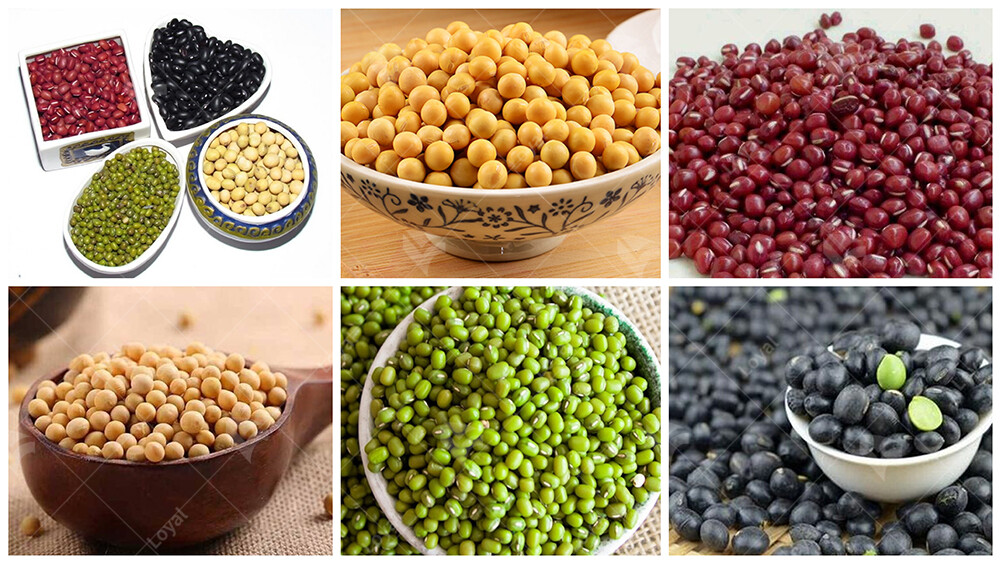
Key Components and Features of Modern Drying Machines
Modern drying machines for buckwheat hulls incorporate a range of innovative features and components to enhance performance and efficiency.
1. Temperature and Humidity Control:Advanced drying machines are equipped with precise temperature and humidity control systems, allowing operators to optimize drying conditions for maximum efficiency and product quality. These systems ensure consistent drying results while minimizing energy consumption.
2. Airflow Management:Efficient airflow management is essential for uniform drying and preventing product clumping or uneven moisture distribution. Modern drying machines feature sophisticated airflow designs, including adjustable vents and fans, to ensure optimal airflow patterns throughout the drying chamber.
3. Automation and Control Systems:Automation plays a significant role in modern drying machines, streamlining operations and reducing the need for manual intervention. Integrated control systems monitor and adjust various parameters such as temperature, airflow, and moisture levels, optimizing drying performance and minimizing downtime.
4. Energy-Efficient Heating Systems:To reduce operational costs and environmental impact, modern drying machines utilize energy-efficient heating systems such as infrared radiation or heat exchangers. These systems maximize heat transfer efficiency while minimizing energy loss, resulting in lower operating costs and reduced carbon emissions.
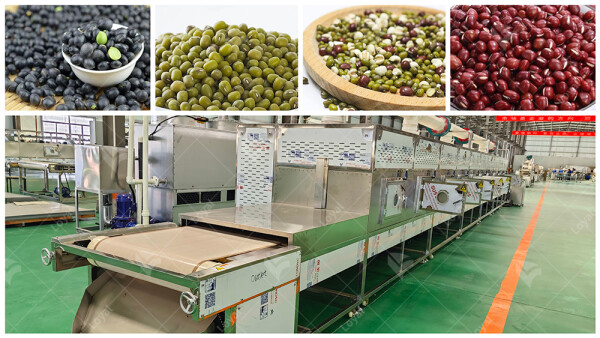
Efficiency Enhancement Techniques in Buckwheat Hull Drying
Efficiency enhancement in buckwheat hull drying is crucial for optimizing production processes and reducing energy consumption. Various techniques are employed to improve the efficiency of drying machines specifically designed for buckwheat hulls.
To begin with, airflow optimization plays a pivotal role in enhancing the efficiency of buckwheat hull drying machines. By ensuring proper airflow distribution within the drying chamber, heat is uniformly dispersed, leading to faster and more consistent drying rates. This optimization minimizes energy wastage and reduces overall drying time, thereby increasing productivity.
Furthermore, the integration of advanced moisture control systems significantly contributes to efficiency enhancement in buckwheat hull drying. These systems utilize sensors to monitor the moisture content of the hulls in real-time, enabling precise adjustments to drying parameters such as temperature and airflow. By maintaining optimal moisture levels throughout the drying process, the risk of over-drying or under-drying is mitigated, resulting in higher product quality and reduced energy consumption.
Moreover, the implementation of heat recovery technology represents another effective technique for enhancing efficiency in buckwheat hull drying. This technology utilizes heat exchangers to capture and recycle waste heat generated during the drying process. By repurposing this heat to preheat incoming air or supplement heating requirements, overall energy consumption is significantly reduced, leading to cost savings and environmental benefits.

Environmental Considerations and Sustainability in Drying Processes
Environmental considerations and sustainability are increasingly important factors in the design and operation of drying processes, including those for buckwheat hulls. As industries strive to minimize their environmental footprint, several key approaches are being adopted to promote sustainability in drying operations.
Firstly, the utilization of renewable energy sources is a significant step towards achieving environmental sustainability in drying processes. By transitioning from fossil fuels to renewable sources such as solar, wind, or biomass energy, carbon emissions associated with drying operations can be greatly reduced. This not only helps mitigate climate change but also contributes to long-term energy security and resilience.
Additionally, the implementation of waste heat recovery systems represents a sustainable solution for reducing energy consumption and greenhouse gas emissions in drying processes. By capturing and repurposing waste heat generated during drying operations, these systems maximize energy efficiency and minimize environmental impact. This not only reduces reliance on non-renewable energy sources but also helps alleviate thermal pollution and conserve natural resources.
Furthermore, the adoption of closed-loop water management strategies is essential for promoting sustainability in drying processes, particularly in water-intensive industries such as food processing. By implementing technologies such as water recycling, reuse, and efficient water treatment systems, the consumption of freshwater resources is minimized, and wastewater discharge is reduced. This helps preserve water quality, protect aquatic ecosystems, and mitigate the environmental impact of drying operations.
Moreover, the implementation of eco-friendly drying technologies and practices is essential for minimizing environmental pollution and resource depletion. This includes the use of non-toxic and biodegradable drying agents, as well as the optimization of drying parameters to minimize energy consumption and emissions. Additionally, the adoption of sustainable packaging materials and supply chain practices further contributes to overall environmental sustainability in drying processes.
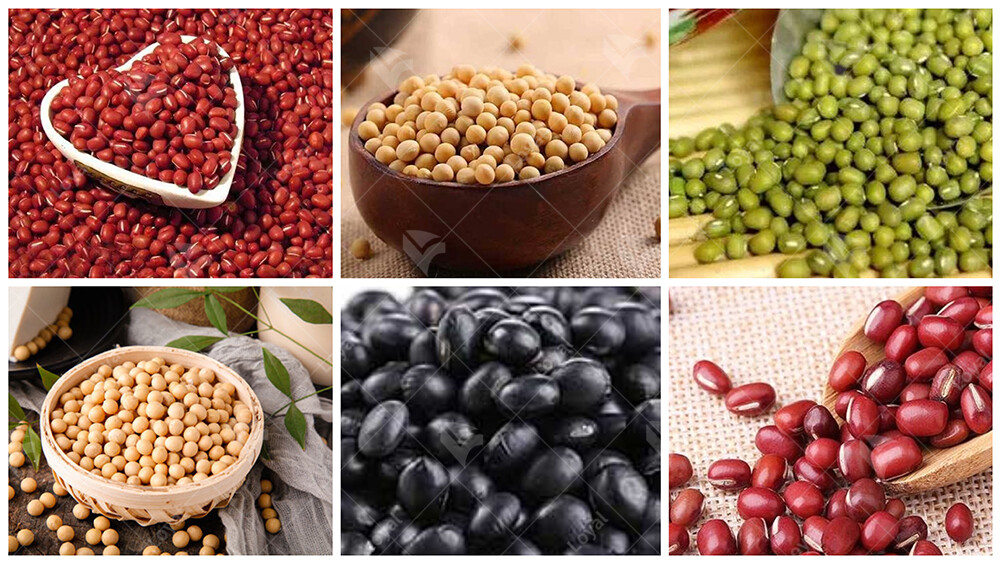
Maintenance and Troubleshooting Guidelines for Drying Machines
Proper maintenance and timely troubleshooting are crucial for ensuring the optimal performance and longevity of drying machines in industrial settings. Here are some comprehensive guidelines to help maintain and troubleshoot buckwheat hull industrial drying machines:
1. Regular Inspection and Cleaning:Regular inspection of drying machines is essential to detect any potential issues early on. Inspect the machine for signs of wear and tear, such as loose belts, worn-out bearings, or damaged heating elements. Clean the machine regularly to prevent the buildup of dust, debris, or residue, which can affect its efficiency and performance.
2. Lubrication and Alignment:Ensure proper lubrication of moving parts, such as bearings, gears, and shafts, to reduce friction and prevent premature wear. Check the alignment of belts, pulleys, and other components to maintain smooth operation and prevent unnecessary strain on the machine.
3. Temperature and Airflow Calibration:Regularly calibrate the temperature and airflow settings of the drying machine to ensure consistent and uniform drying results. Monitor temperature sensors and heating elements for accuracy and replace or recalibrate them as needed to maintain optimal drying conditions.
4. Emergency Shutdown Procedures:Establish clear emergency shutdown procedures to quickly and safely stop the machine in case of malfunction or emergency. Train operators on how to identify potential hazards and respond effectively to mitigate risks and prevent accidents.
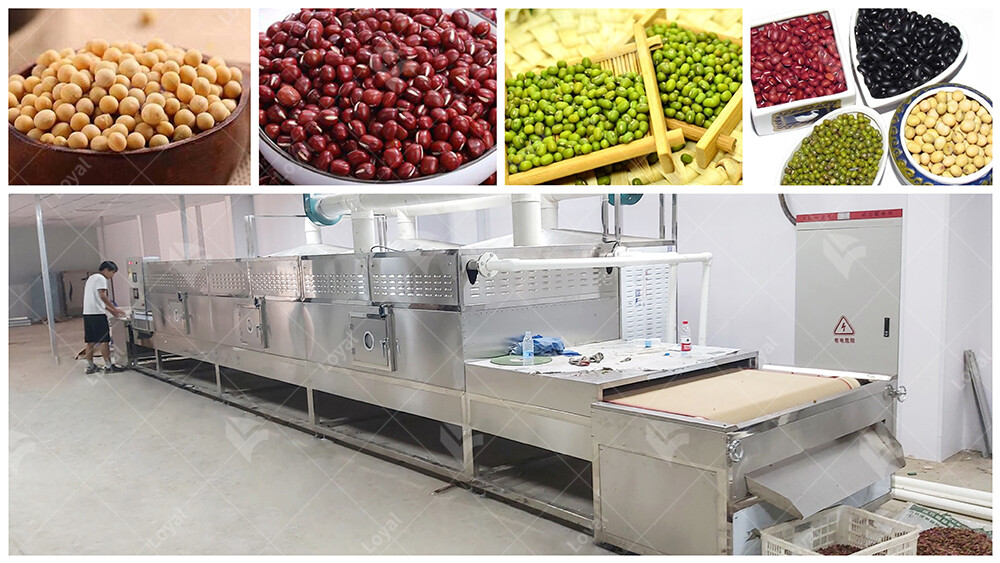
Regulatory Compliance and Safety Standards in Industrial Drying
Adherence to regulatory compliance and safety standards is paramount in industrial drying operations to ensure the safety of personnel and compliance with industry regulations. Here are key aspects to consider:
1. Occupational Safety and Health Administration (OSHA) Regulations:Comply with OSHA regulations related to industrial machinery safety, including machine guarding, lockout/tagout procedures, and personal protective equipment (PPE) requirements. Conduct regular safety training for operators and maintenance personnel to raise awareness of potential hazards and safe operating practices.
2. National Fire Protection Association (NFPA) Guidelines:Follow NFPA guidelines for fire safety in industrial facilities, including proper storage and handling of flammable materials, installation of fire detection and suppression systems, and implementation of emergency response procedures in case of fire.
3. Electrical Safety Standards:Ensure compliance with electrical safety standards, such as the National Electrical Code (NEC), by properly installing and maintaining electrical components of drying machines. Inspect wiring, connections, and grounding systems regularly to prevent electrical hazards and ensure safe operation.
4. Environmental Regulations:Adhere to environmental regulations governing industrial emissions, wastewater disposal, and hazardous materials handling to minimize environmental impact and ensure regulatory compliance. Implement pollution prevention measures and waste management practices to mitigate environmental risks associated with drying operations.

Innovations and Emerging Trends in Buckwheat Hull Drying Technology
One significant innovation in buckwheat hull drying technology is the integration of advanced sensors and automation systems into drying machines. These sensors enable real-time monitoring of various parameters such as temperature, humidity, and airflow, allowing for precise control and optimization of the drying process. By automating key aspects of the drying operation, manufacturers can achieve higher throughput rates and consistent product quality while minimizing energy consumption and waste.
Another emerging trend in buckwheat hull drying technology is the adoption of novel drying techniques, such as vacuum drying and microwave drying. Vacuum drying involves removing moisture from the hulls under reduced pressure, which can significantly reduce drying time and preserve the nutritional integrity of the product. Similarly, microwave drying utilizes electromagnetic waves to generate heat directly within the hulls, offering rapid and uniform drying with minimal energy expenditure.
Furthermore, the development of eco-friendly drying solutions is gaining traction in the industry. Manufacturers are exploring alternative energy sources such as solar and biomass to power drying machines, reducing reliance on fossil fuels and lowering carbon emissions. Additionally, the implementation of closed-loop drying systems and waste heat recovery technologies helps minimize environmental impact by recycling energy and reducing water usage.
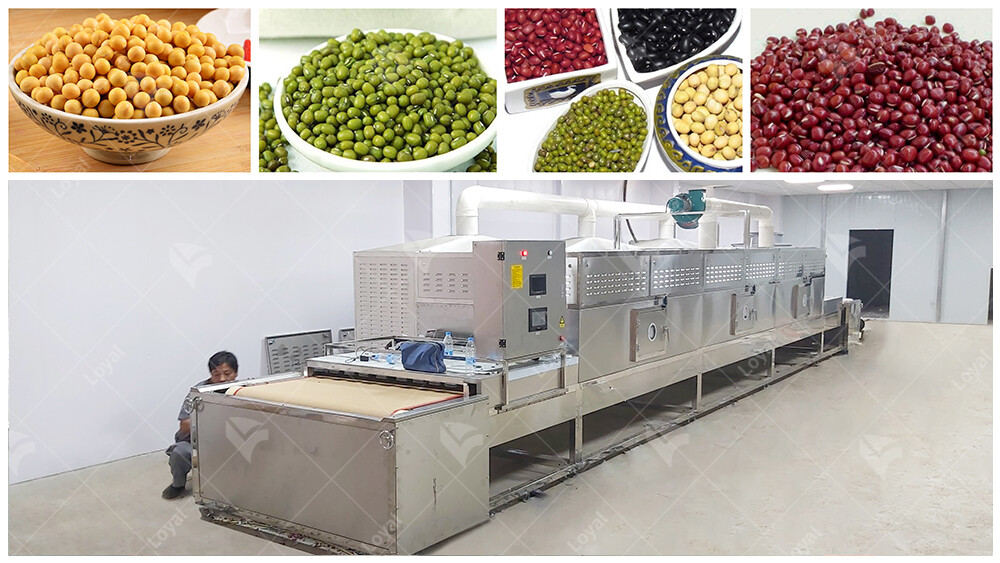
Case Studies and Success Stories: Real-world Applications of Industrial Drying Systems
Numerous real-world applications showcase the effectiveness and versatility of industrial drying systems in various industries, including agriculture, food processing, and pharmaceuticals.
One compelling case study involves a buckwheat processing facility that upgraded its drying equipment to improve efficiency and product quality. By investing in state-of-the-art industrial drying systems, the facility was able to reduce drying times by 50% while achieving a higher level of uniformity in moisture content across the product. As a result, they were able to increase their production capacity and meet growing market demands without compromising on product integrity.
In another success story, a pharmaceutical company implemented advanced drying technology to enhance the quality and shelf-life of herbal extracts derived from buckwheat hulls. By carefully controlling the drying parameters, including temperature and airflow, they were able to preserve the bioactive compounds and antioxidants present in the extracts, ensuring maximum potency and efficacy. This enabled the company to develop high-quality herbal supplements that gained widespread recognition in the market.
These case studies underscore the transformative impact of industrial drying systems on product quality, efficiency, and market competitiveness. By leveraging cutting-edge technology and innovative solutions, businesses across various sectors can achieve significant improvements in their drying processes and ultimately drive growth and success.
References
The following are five authoritative foreign literature websites in the field of industrial microwaves:
1. IEEE Xplore Digital Library
Website: [https://ieeexplore.ieee.org/]
2.ScienceDirect
Website: [https://www.sciencedirect.com/]
3. SpringerLink
Website: [https://link.springer.com/]
4. Wiley Online Library
Website: [https://onlinelibrary.wiley.com/]
5. PubMed
Website: [https://pubmed.ncbi.nlm.nih.gov/]
 Telephone :+86-531-55583139
Telephone :+86-531-55583139 WhatsApp :+86 13256674591
WhatsApp :+86 13256674591 Email :
Email :










